Hi there, pet lovers! 🐍🦎
Reptiles like snakes and lizards are fascinating pets, but handling them requires knowledge, patience, and the right techniques to ensure safety—for both the handler and the animal. Whether you’re a beginner or an experienced keeper, understanding their behavior, body language, and proper handling methods is essential.
This guide covers everything you need to know about handling snakes and lizards, from basic safety rules to species-specific techniques. We’ll also discuss common mistakes to avoid and how to build trust with your scaly companions.
Overview: Quick Handling Tips for Reptiles
Before diving into the details, here are the key takeaways for safely handling snakes and lizards:
✅ Stay Calm & Confident – Reptiles sense nervous energy, which can make them defensive. Move slowly and deliberately.
✅ Support Their Body – Snakes need full-body support; lizards need chest and hindquarter support. Never grab tails (they can drop them!).
✅ Wash Hands Before & After – Prevents bacteria transfer and keeps reptiles safe from oils or lotions on your skin.
✅ Use Proper Tools – Snake hooks, gloves, or feeding tongs can reduce stress for both handler and reptile.
✅ Read Body Language – Hissing, puffing up, or tail flicking means “back off”—give them space.
✅ Supervise Children – Always guide young handlers to prevent accidental drops or squeezes.
✅ Avoid Handling During Shedding – Reptiles are more irritable and vulnerable at this time.
Now, let’s explore each topic in depth.

Understanding Reptile Behavior: Why Handling Matters
Reptiles don’t seek affection like mammals, but regular, gentle handling helps them grow accustomed to human interaction. Stress-free handling is crucial because:
- Snakes rely on body language—coiling, hissing, or striking are defensive, not aggressive, behaviors.
- Lizards (like bearded dragons or geckos) may tolerate handling better but can still feel threatened if approached incorrectly.
Knowing their natural instincts helps prevent stress and potential bites.
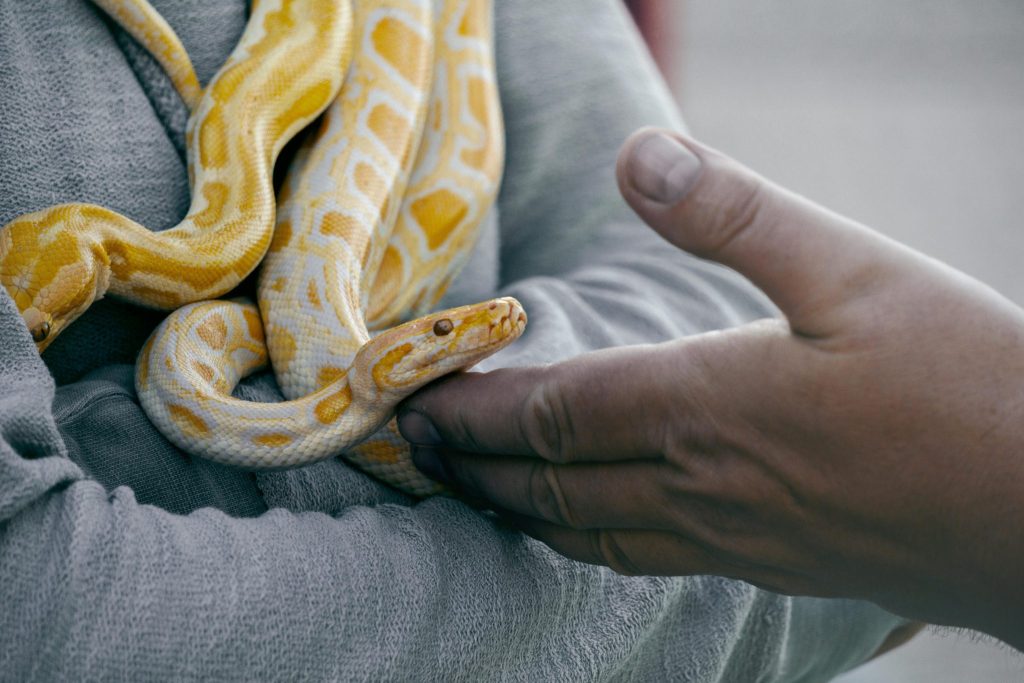
General Rules for Handling All Reptiles
1. Approach Slowly and Gently
Sudden movements trigger a flight-or-fight response. Instead:
- For lizards, approach from the side (not above, like a predator).
- For snakes, gently touch their body first so they’re aware of you.
2. Proper Support is Non-Negotiable
- Snakes need support along their entire length. Let them glide through your hands (“treadmilling”).
- Lizards need support under their chest and hind legs. Never hold them by the tail (risk of tail drop).
3. Keep Sessions Short & Positive
10-15 minutes is ideal for most reptiles. Longer sessions can cause stress.
4. Watch for Stress Signals
- Snakes: Tight coiling, hissing, rapid tongue flicks.
- Lizards: Puffing up, darkening color, trying to flee.
If these signs appear, return them to their enclosure.
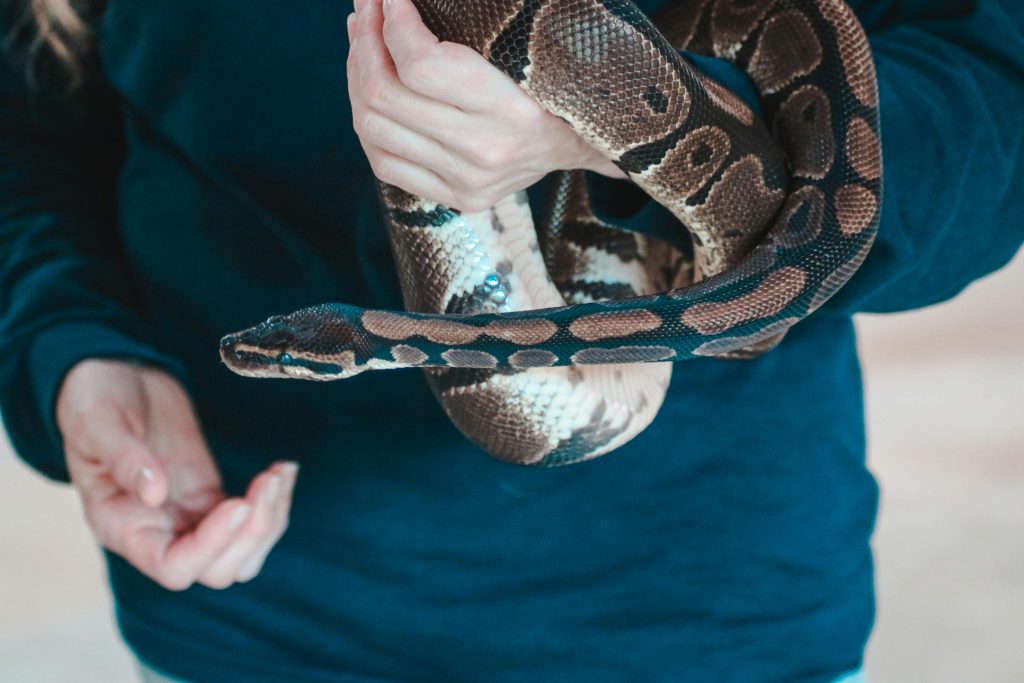
Step-by-Step: How to Handle Lizards Safely
Bearded Dragons & Leopard Geckos
- Let Them Walk Onto You – Place a hand in front and allow them to climb on.
- Support Their Body – One hand under the chest, the other under the hind legs.
- Avoid Squeezing – Let them rest on an open palm.
Crested Geckos & Other Jumpers
- Never grab! They’re fragile and can drop their tails.
- Encourage climbing by placing a finger under their chin and letting them step onto you.
Large Lizards (Tegus, Monitors)
- Two-handed hold – Support under the chest and base of the tail.
- Expect strength – They can scratch or whip their tails if startled.
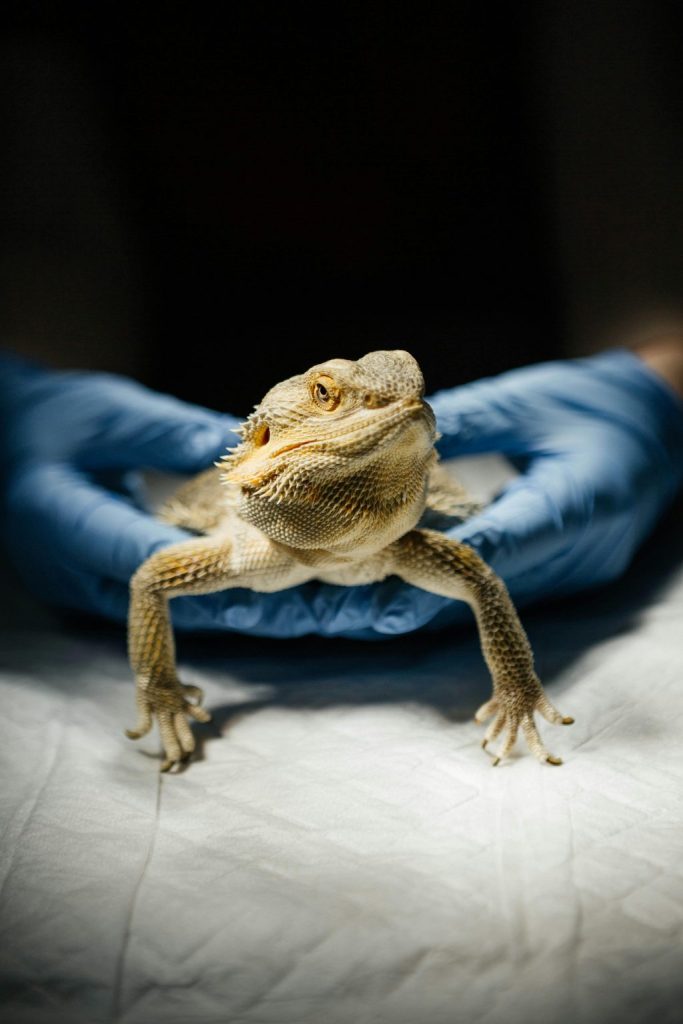
Step-by-Step: How to Handle Snakes Safely
Docile Snakes (Ball Pythons, Corn Snakes)
- Check Their Mood – If coiled and relaxed, they’re ready.
- Scoop From Below – Gently lift from the middle, supporting their full length.
- Let Them Explore – Allow them to move through your hands naturally.
Defensive or Nervous Snakes
- Use a snake hook to guide them out of their enclosure first.
- Avoid direct grabs – Distract with one hand while lifting from behind.
Large Constrictors (Boas, Pythons)
- Keep a hand near the head (but not touching) to monitor strikes.
- Support their weight – Larger snakes can be heavy; use your shoulders if needed.
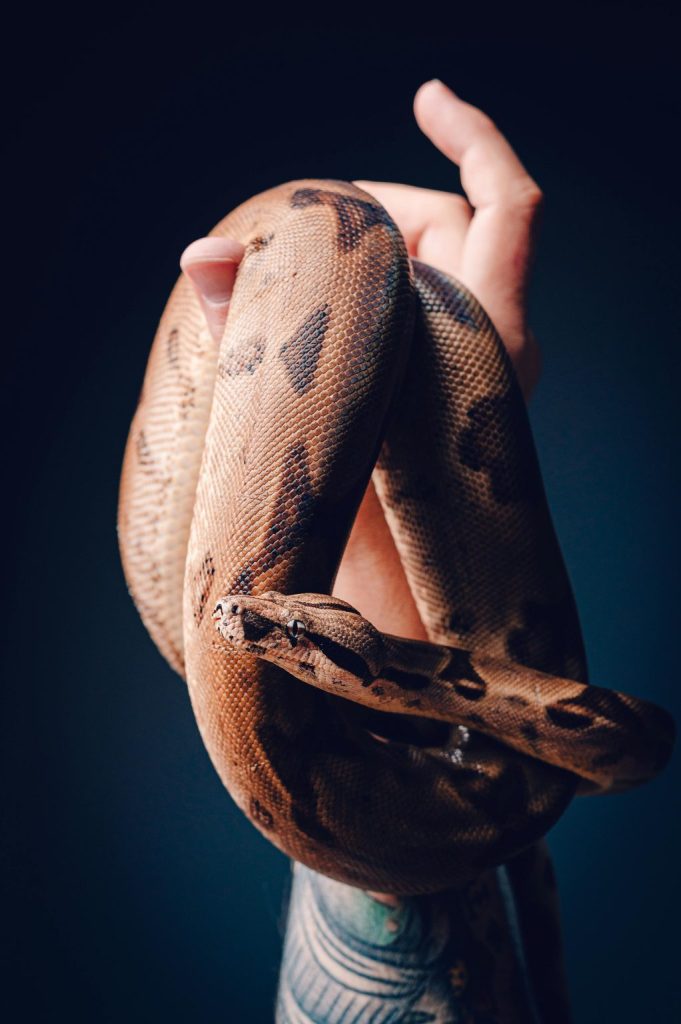
Common Handling Mistakes to Avoid
❌ Grabbing Too Fast – Startles reptiles, increasing bite risk.
❌ Ignoring Warning Signs – Hissing or tail rattling means “stop.”
❌ Handling During Shedding – Their vision is impaired, making them more defensive.
❌ Overhandling – Even calm reptiles need breaks.
What to Do If a Reptile Bites
Most pet snake/lizard bites are mild, but proper care is crucial:
- Stay Calm – Jerking away worsens the bite.
- Gently Remove – For snakes, wait until they release (pulling can damage teeth).
- Clean the Wound – Use soap and water, then apply antiseptic.
- Monitor for Infection – Redness/swelling needs medical attention.
Building Trust with Your Reptile
- Start Young (If Possible) – Babies adapt better to handling.
- Consistency is Key – Short, frequent sessions work best.
- Pair Handling with Positive Experiences – Offer food (for some species) after gentle handling.
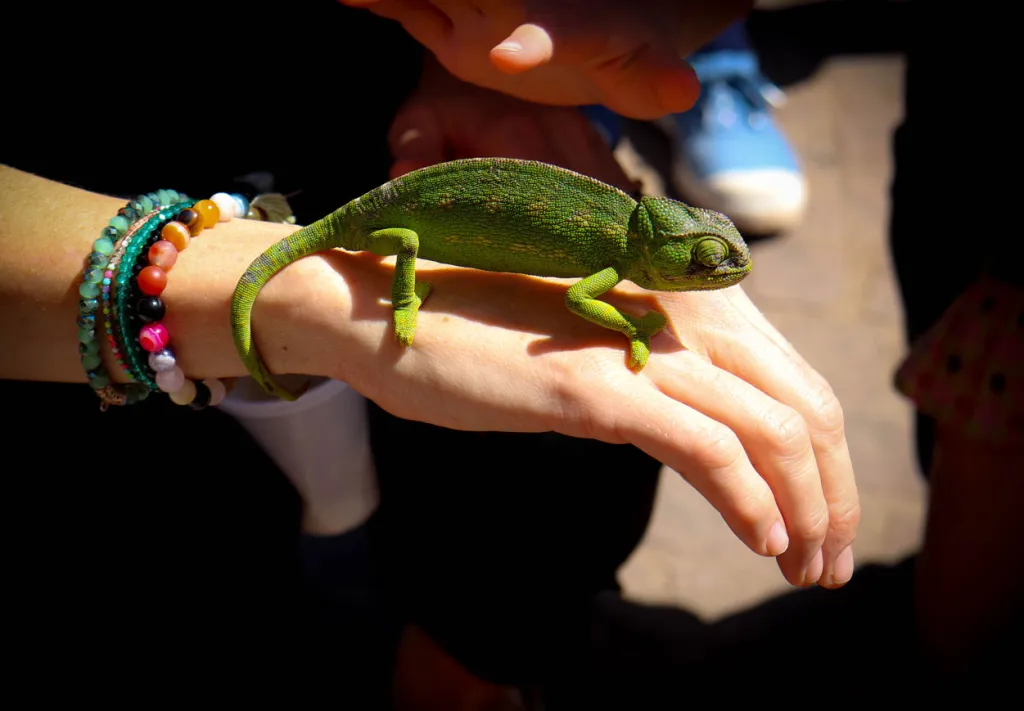
Final Thoughts
Handling reptiles safely is all about patience, respect, and technique. By understanding their behavior, using proper support, and avoiding common mistakes, we can ensure stress-free interactions for both keeper and pet.
Did we miss anything? Share your experiences or questions in the comments!
For more reptile care tips, check out our other guides—and happy handling! 🐍🦎

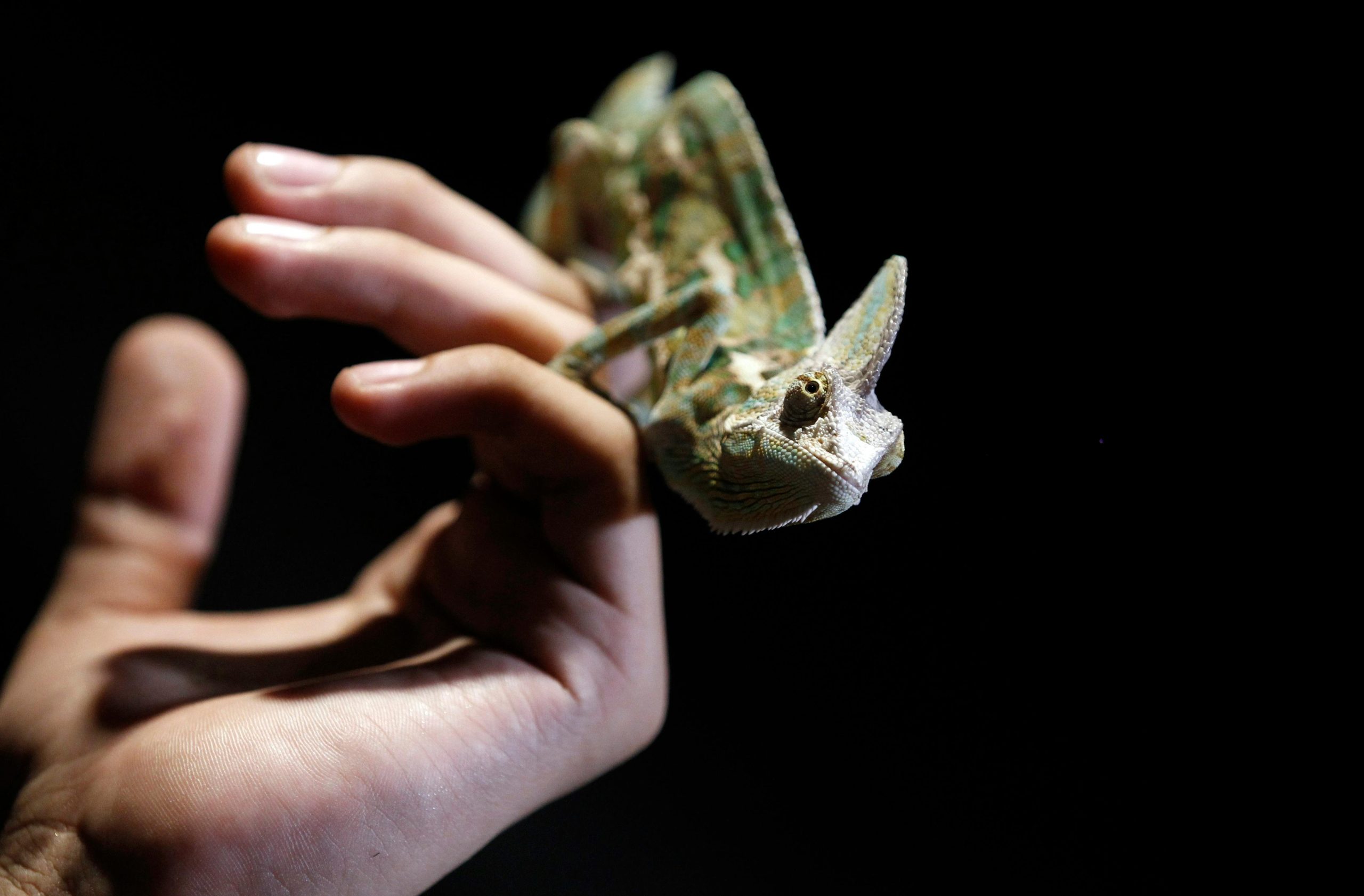

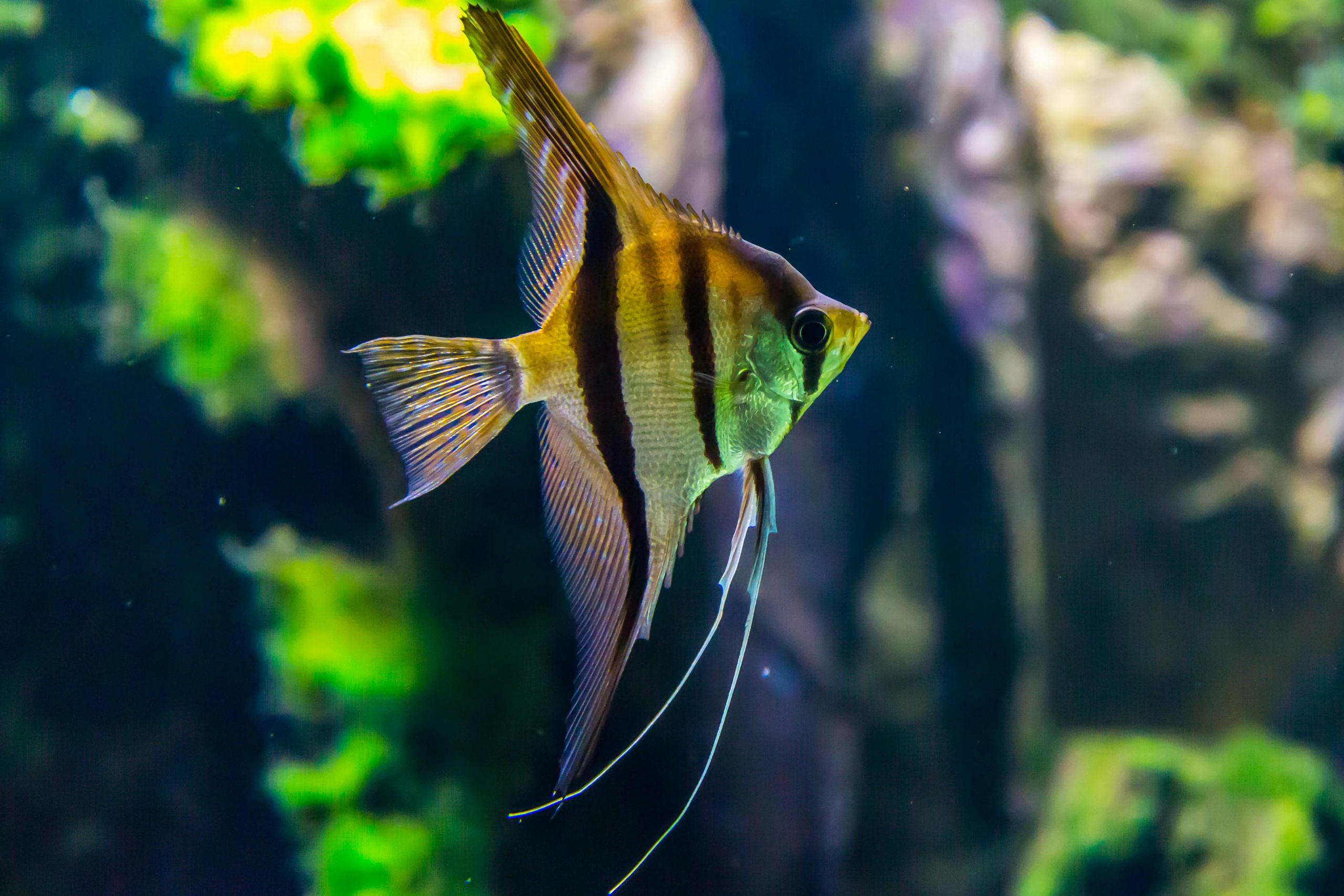
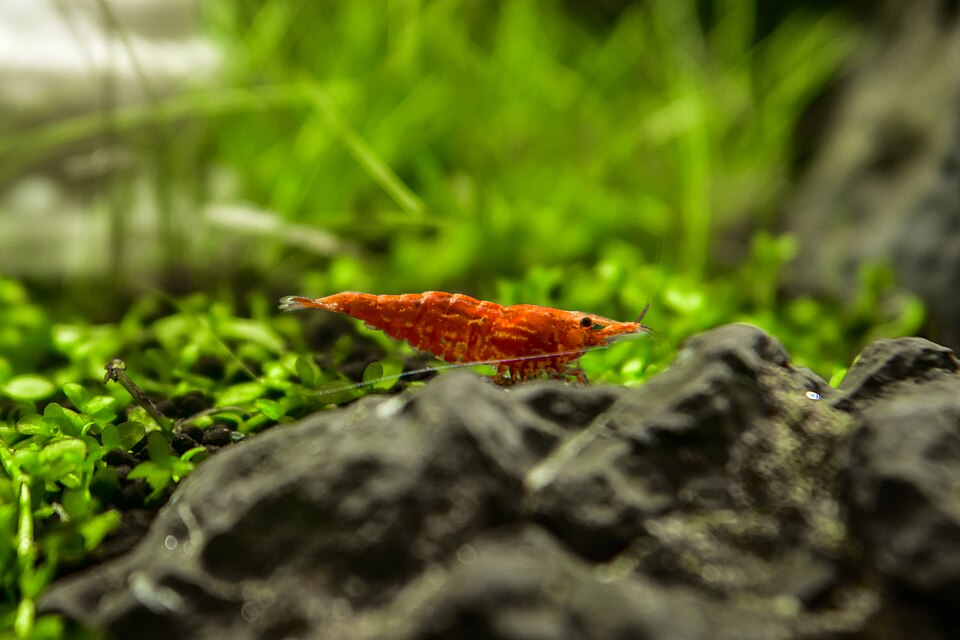

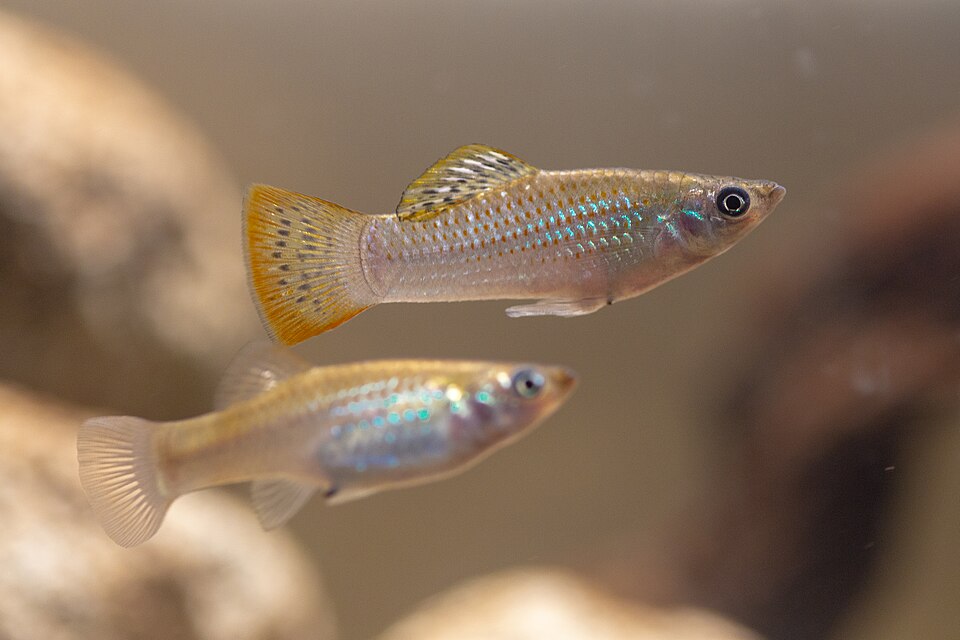
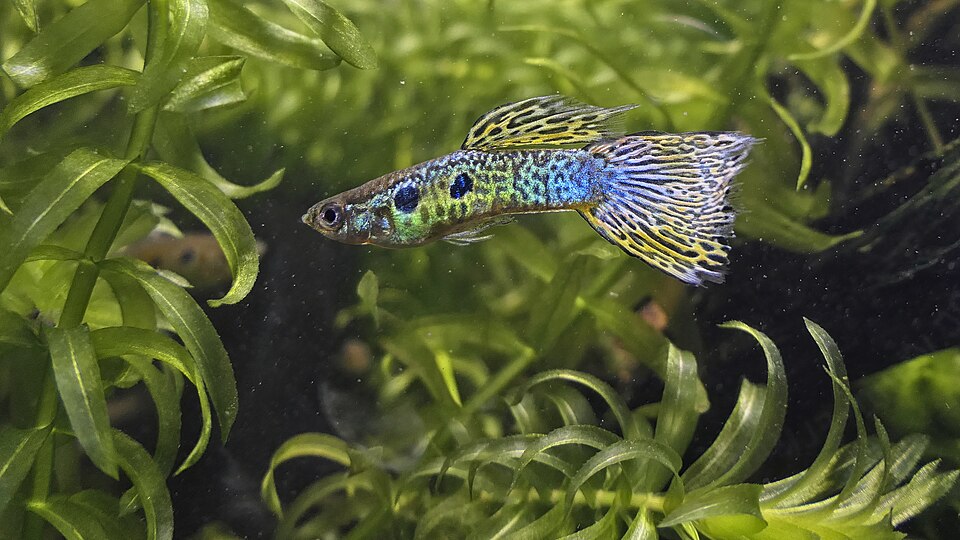
Leave a Reply